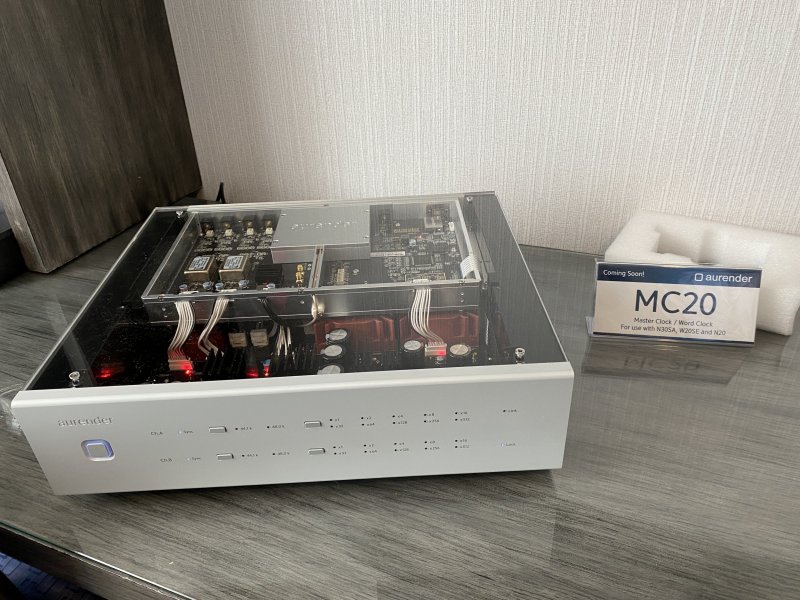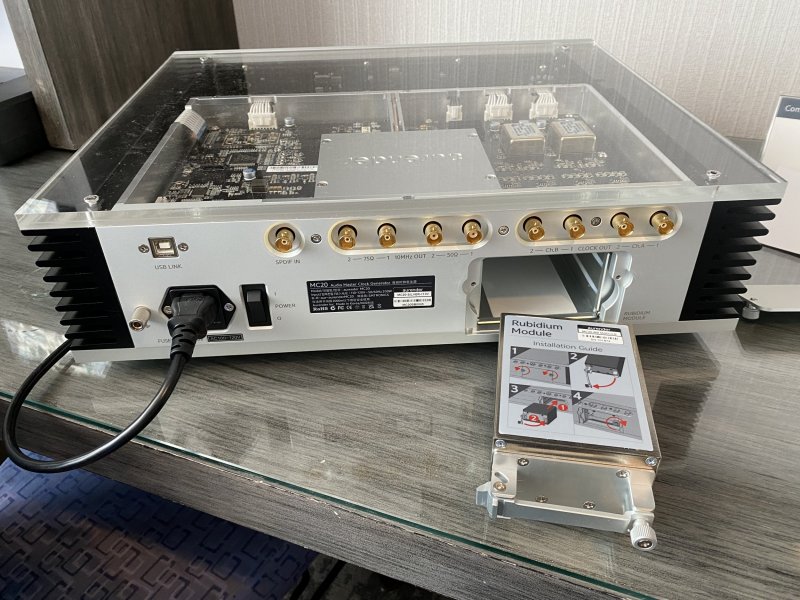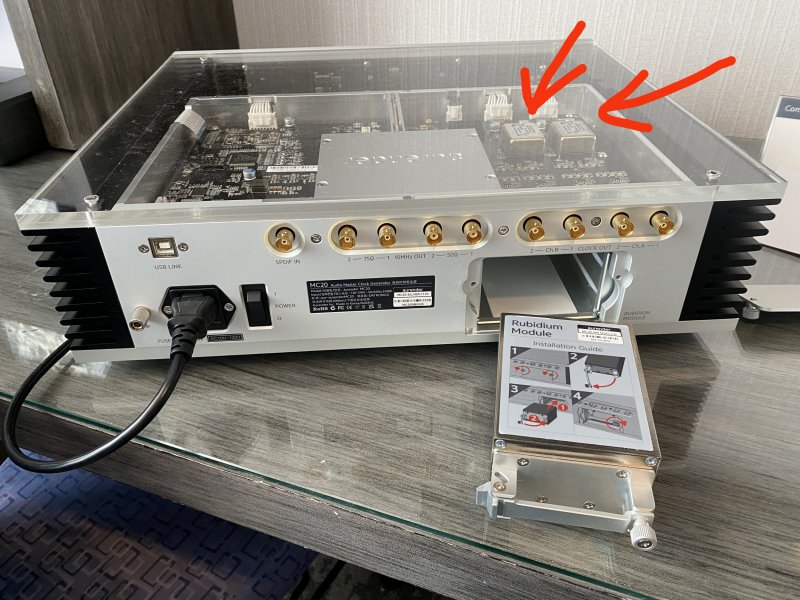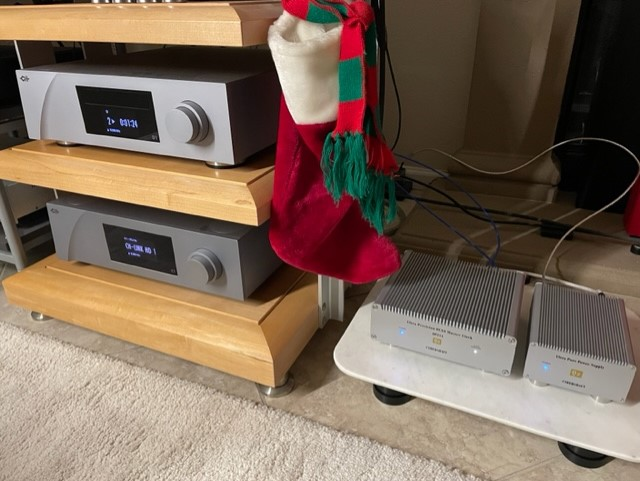Both; varying degrees of impact.To get the best measuring clock and then introduce impedance mismatches has seemed counter-intuitive to me. Some are saying though that impedance mismatches matter far less though with sine wave than with square wave. Which type of clock signal yielded the side effects you folks heard?
People tend to focus on square versus sine wave, using that to argue the point, and yes, I do get the difference certainly.
It "may" matter less with sine wave than square (stress this word as those who have said that had a long way to go to prove it so I categorize it as just opinion and something that is possible but not proven), however, that is not to say it does not matter at all.
I've always wondered though why this is one area of audio where some would advocate ignoring the fact that the manufacturer
had thought to pick a spec to follow, mark it, include it in the manual, etc..
I don't know all the answers, far from it; I do tend to practice "RTFM" figuring if the vendor followed a spec, I probably should too.














